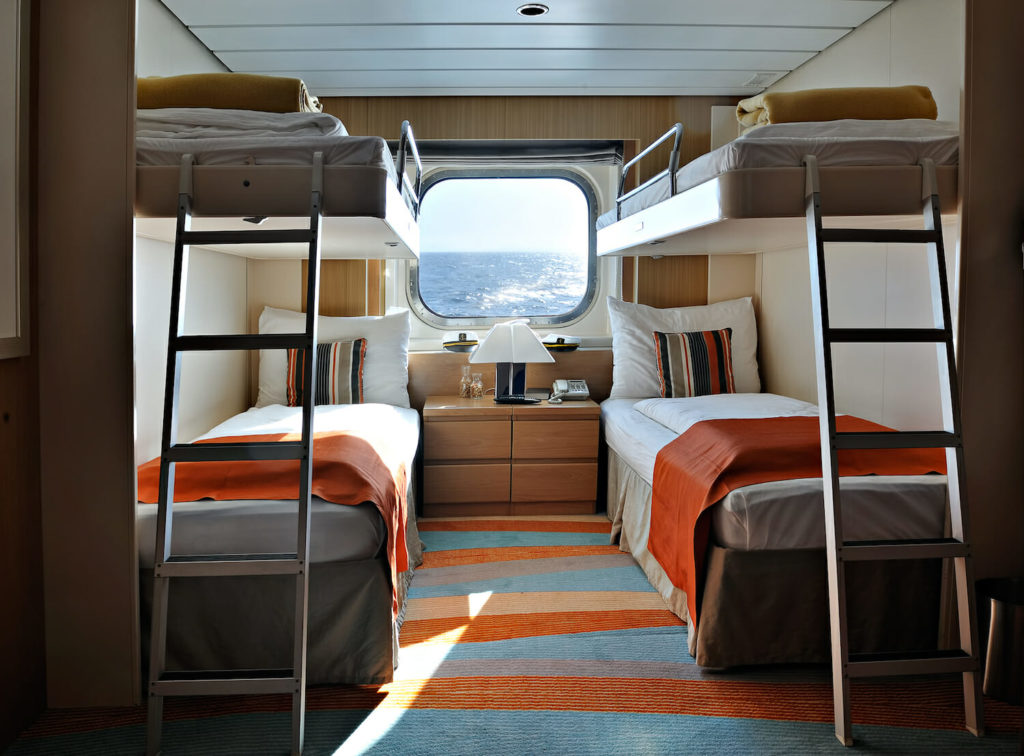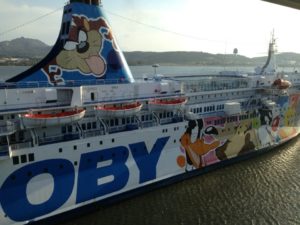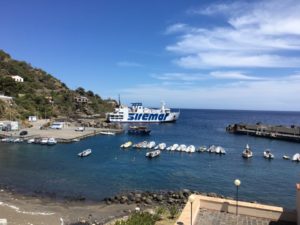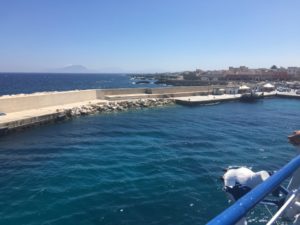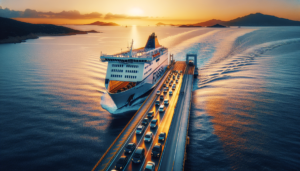Accommodations on board
When we take ferries that run a few miles, there is no much to choose for accommodation on board. The situation changes when the trip is longer and the ship offers the possibility to select, during the booking phase, the type of accommodation for the journey. They range from the cheapest deck passage, to the comfortable armchair or the restful cabin. Each shipping company establishes distinctive features and costs but here below we indicate, in general, the characteristics of the accommodations possible when traveling by sea.
Deck passage
The deck passage arrangement does not provide for the assignment of a particular seat and for this reason it is the cheapest. You can spend the journey sitting in the lounges and bar rooms, as well as on the seats of the external decks, bringing with you the hand luggage usually included in the ticket price and using the bathrooms with showers available to all passengers. Many wonder if buying the deck passage only it is then possible to sit down… the answer is therefore yes, on the chairs and armchairs of the common rooms, but without reserving a place.
Armchair (air type seat)
With the armchair accommodation (also known as an airplane type seat) you have access to a numbered seat in specific rooms equipped with a compartment for luggage and generally a television, where you can sit comfortably. The armchairs, perfect for daytime crossings, can be reclined and and there are those who use them to take a nap even at night. They have an intermediate cost between one solution and the other. Some companies distinguish them into standard and business. In any case, at a certain time in the evening the light will be dimmed and the TV turned off to allow for rest. The toilets, sometimes with showers, will be shared with the others.
Cabin
Cabin accommodation is the most suitable for long journeys, as these are rooms with internal bathrooms and single or double beds, power sockets, hairdryer, linen, toiletries. This type of accommodation is available on vehicles traveling over long distances, even at night, and is almost never present on ferries that cover short-term routes.
On some ships, cabins with access for people with reduced mobility are available, equipped with facilities suitable for passengers with mobility difficulties.
The cabins can be internal, without portholes or other types of windows, or external, equipped with portholes, windows or balconies (at the following link there is an in-depth study on the difference between internal and external cabins). The standards have ordinary size and services, usually with bunk beds in the case of triple or quadruple. The mini-suites are larger and the luxury suites or cabins, in addition to increasing size, often have a division between living room and sleeping area, additional services such as television, sofa, minibar, breakfast in the room, concierge service or even butler included in the price; they can also have double internal toilets.
Some companies offer formulas for traveling in the cabin with your pets. This type of “friendly” accommodation is designed to welcome animal friends thanks to specific flooring and dedicated cleaning services.
Generally by booking a cabin you use it exclusively and any empty beds will not be occupied by strangers. In some circumstances, well specified, it is possible to book single beds in cabins shared with other passengers of the same sex. In this case we speak of a berth and a bed.

